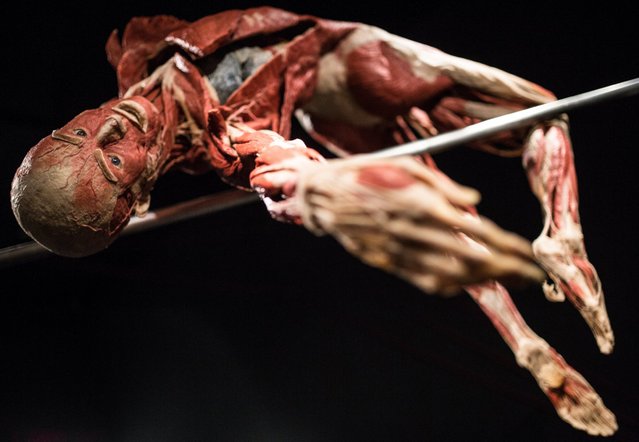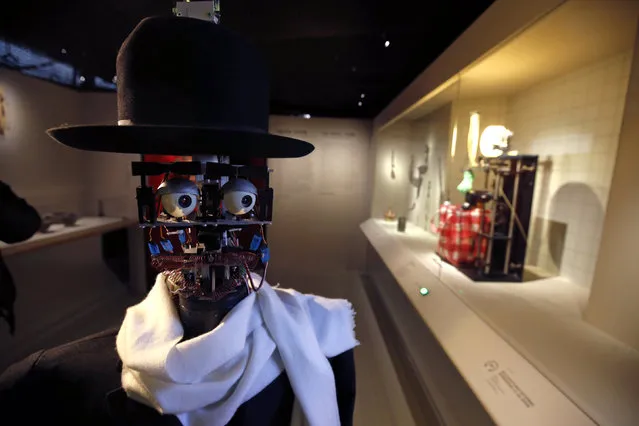
A plastinated body presented as a pole vaulter is exhibited at the Menschen Museum, Museum of Humans, in Berlin, August 29, 2016. The museum was caught up in a legal dispute with the district office of Berlin-Mitte for years before it was able to meet the requirements made by the court. (Photo by Sophia Kembowski/DPA Photo via Newscom)
30 Aug 2016 12:15:00,post received
0 comments

